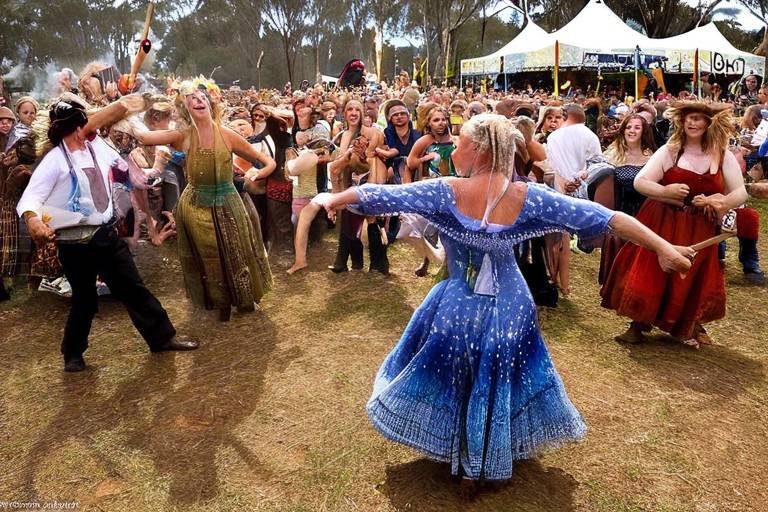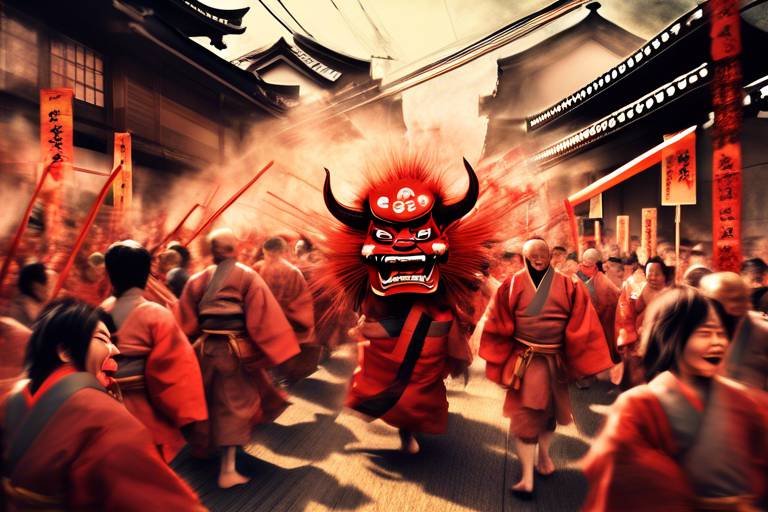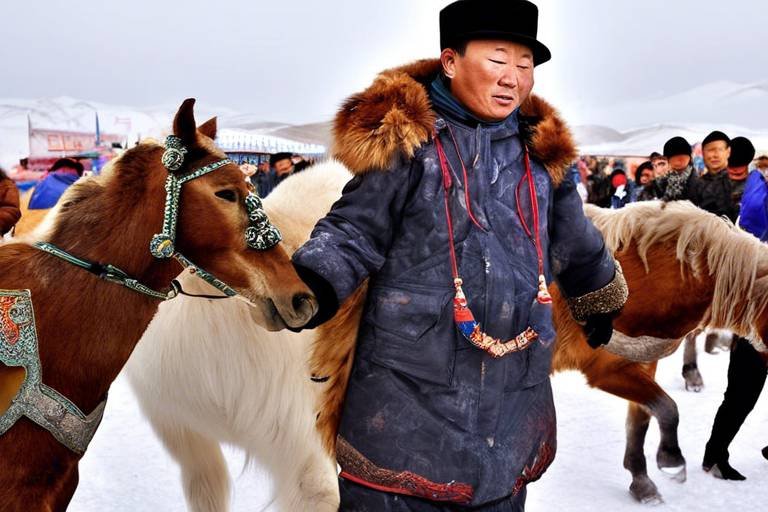Austria's Krampusnacht - The Dark Side of Christmas
Are you ready to delve into the dark side of Christmas with Austria's Krampusnacht? This traditional festival offers a unique twist to the holiday season, introducing the menacing figure of Krampus to those who have been naughty. Let's explore the history, customs, and modern interpretations of this intriguing event that has captured the attention of many.
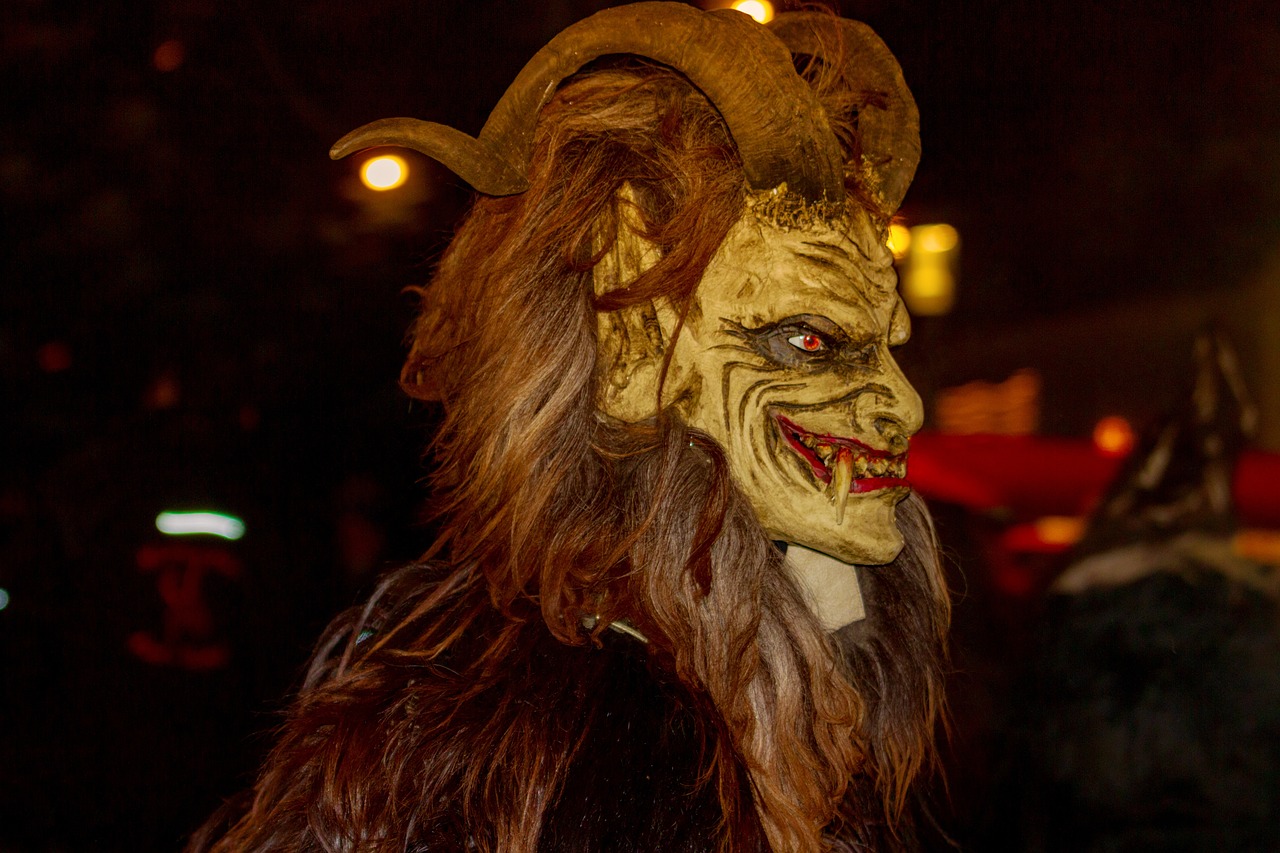
Origin and History of Krampusnacht
Originating from the depths of Austrian folklore, Krampusnacht is a tradition shrouded in mystery and darkness. The roots of this macabre festival can be traced back to ancient Alpine customs, where pre-Christian beliefs intertwined with Christian traditions to create a unique blend of celebration and fear. The figure of Krampus, a horned and cloven-hoofed demon, emerged as the antithesis of the benevolent Saint Nicholas, embodying punishment for misbehaving children.
Historically, Krampusnacht served as a means of instilling discipline and obedience in children, as the looming threat of Krampus's wrath kept youngsters in line during the holiday season. The concept of a dark companion to Saint Nicholas dates back centuries, with tales of Krampus roaming the snowy streets, rattling chains and brandishing birch switches to chastise those on the naughty list.
Over time, the folklore surrounding Krampus evolved, adapting to changing societal norms and beliefs. What began as a cautionary tale morphed into a full-fledged cultural phenomenon, with elaborate costumes, parades, and rituals becoming integral parts of the Krampusnacht tradition. The fusion of ancient superstitions with modern interpretations has solidified Krampus's place in Austrian culture as a symbol of both fear and festivity.

Role of Krampus in Austrian Culture
The role of Krampus in Austrian culture is deeply rooted in the tradition of disciplining children during the Christmas season. Krampus, with his menacing appearance and reputation for punishing naughty children, serves as a stark contrast to the benevolent figure of St. Nicholas. In Austrian folklore, Krampus is believed to accompany St. Nicholas on his rounds, rewarding good children with gifts and admonishing the misbehaved with his birch sticks and chains.
While St. Nicholas represents the reward for good behavior, Krampus embodies the consequences of disobedience. Children are warned that if they misbehave, Krampus will come for them, instilling fear and ensuring compliance with societal norms. This dualistic approach to Christmas characterizes the complex relationship between good and evil, light and dark, in Austrian culture.
During the holiday season, the presence of Krampus serves as a reminder to children to behave appropriately and respect authority. The fear of encountering Krampus acts as a deterrent against mischievous behavior, reinforcing the values of discipline and obedience within Austrian families. The tradition of Krampusnacht, with its focus on discipline and consequences, reflects the cultural emphasis on maintaining order and upholding social norms.

Celebrations and Customs of Krampusnacht
Celebrations and Customs of Krampusnacht transport participants into a world where darkness meets tradition in a chilling display of folklore come to life. The festival, typically held on the eve of St. Nicholas Day, involves a series of eerie and captivating rituals that have been passed down through generations. One of the most iconic aspects of Krampusnacht is the Krampuslauf, a parade where individuals don intricate Krampus costumes complete with horns, fangs, and chains.
During the Krampuslauf, performers embody the menacing spirit of Krampus as they roam the streets, interacting with spectators and occasionally playfully scaring onlookers. The atmosphere is electric with a mix of fear and excitement, as the dark figure of Krampus weaves through the crowd, creating a sense of both dread and awe.
Elaborate costumes are not the only highlight of Krampusnacht; the festival also features traditional customs that add depth to the experience. In some regions, bonfires are lit to ward off evil spirits, while in others, families gather to exchange gifts and share stories of Krampus lore. These customs serve to immerse participants in the rich tapestry of Austrian folklore and tradition.
Furthermore, Krampusnacht is not just a spectacle for locals; it has gained international attention, drawing visitors from around the world to witness the unique blend of darkness and celebration. Tourists flock to Austria to witness the Krampuslauf firsthand, adding to the festive spirit and economic boost that the festival brings to the region.
As the night unfolds, the air is filled with a mix of excitement and trepidation, creating an unforgettable experience that blends the ancient with the modern in a mesmerizing display of cultural heritage. Krampusnacht stands as a testament to the enduring power of folklore and tradition, captivating audiences with its dark allure and mystical charm.

Modern Interpretations of Krampusnacht
Modern Interpretations of Krampusnacht have seen a fascinating resurgence in recent years, capturing the interest of people far beyond the borders of Austria. While rooted in ancient folklore and traditions, Krampusnacht has found new life in the modern world, becoming a symbol of rebellion against the commercialization of Christmas. With the rise of social media and pop culture, Krampus has transformed from a local legend to a global phenomenon, inspiring art, movies, and even themed events.
One of the most notable modern interpretations of Krampusnacht is the blending of traditional customs with contemporary twists. In addition to the classic Krampuslauf parades, where elaborately costumed performers roam the streets, there are now Krampus-themed markets, concerts, and even Krampus-themed cocktails. This fusion of old and new has breathed fresh life into the ancient festival, attracting a diverse audience eager to experience the dark side of Christmas.
Moreover, the commercialization of Krampusnacht has opened up new avenues for businesses and artists to capitalize on the popularity of the holiday. From Krampus merchandise to themed tours, the market for all things Krampus continues to expand, catering to both local enthusiasts and curious tourists seeking a taste of the macabre during the festive season.

Controversies and Criticisms
Controversies and criticisms surrounding Krampusnacht have sparked debates on the appropriateness of incorporating such a dark and frightening figure into Christmas traditions. Some critics argue that the festival's emphasis on fear and punishment contradicts the spirit of joy and giving associated with the holiday season. The violent and intimidating aspects of Krampus, with his menacing appearance and use of chains and bells to scare children, have raised concerns about the psychological impact on young minds.
Furthermore, there are those who question the historical roots of Krampusnacht and its alignment with modern values. As society evolves, the acceptance of a figure like Krampus, who embodies fear and punishment, is met with skepticism. Critics argue that promoting fear as a means of discipline may not align with contemporary parenting practices that emphasize positive reinforcement and communication.
Another point of contention revolves around the commercialization of Krampusnacht. As the festival gains popularity globally, some argue that its essence is being diluted for commercial gain. The mass production of Krampus-themed merchandise and the focus on spectacle rather than tradition have led to concerns about the authenticity and cultural significance of the event.
Despite these criticisms, supporters of Krampusnacht defend the festival as a unique cultural tradition that adds depth and diversity to Christmas celebrations. They view Krampus as a symbol of balance, representing the dual nature of human existence encompassing both good and evil. Advocates argue that the fear instilled by Krampus serves as a reminder of the consequences of misbehavior, reinforcing the importance of morality and responsibility.
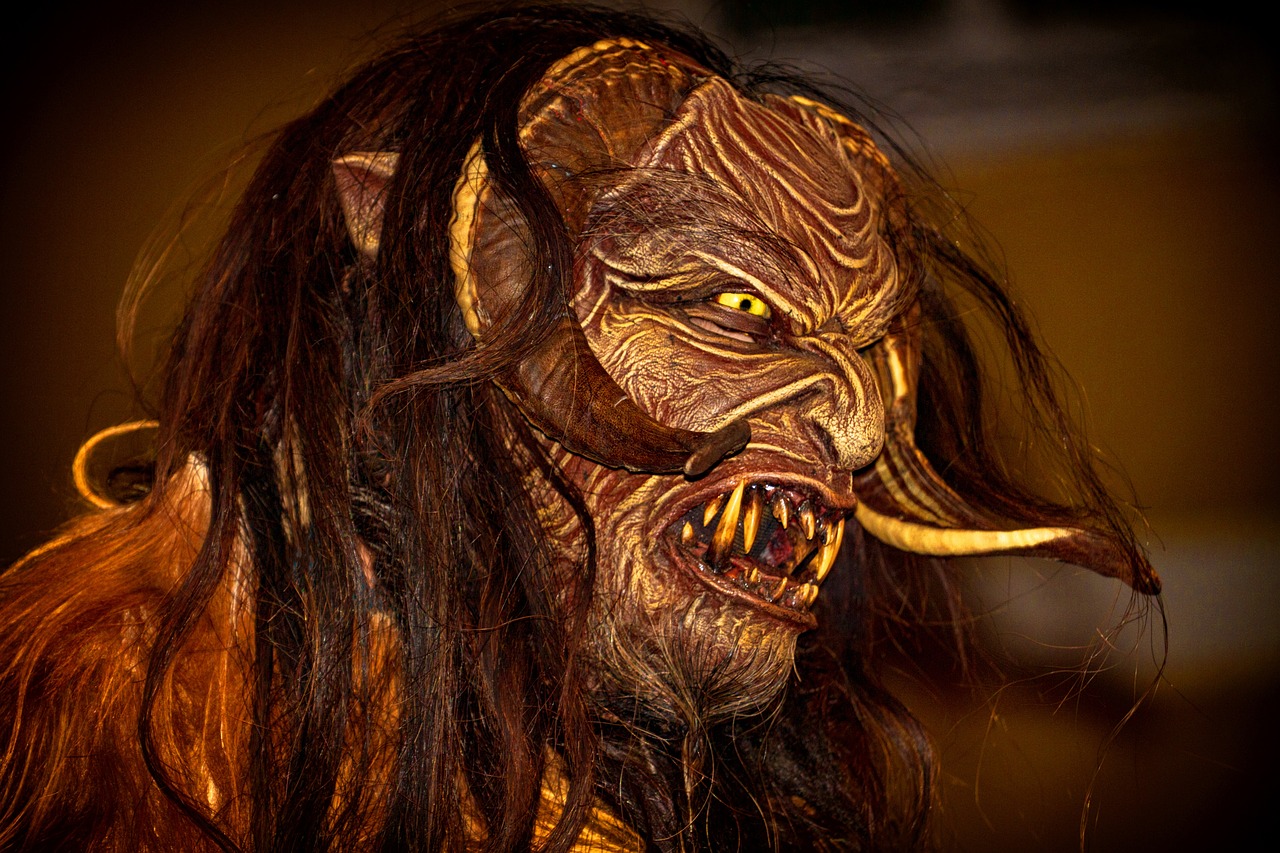
Impact of Krampusnacht on Tourism
One of the most intriguing aspects of Krampusnacht is its significant impact on Austrian tourism. The festival has gained international attention, drawing visitors from all corners of the globe to witness the unique and sometimes chilling celebrations. Tourists flock to Austria during the holiday season specifically to experience the thrill of Krampusnacht firsthand.
The influx of tourists during Krampusnacht brings a boost to the local economy, benefiting businesses in the tourism sector such as hotels, restaurants, and souvenir shops. The increased demand for accommodations and services during the festival period creates opportunities for growth and development in the tourism industry.
Moreover, the popularity of Krampusnacht has led to the organization of special events and tours tailored to visitors interested in experiencing the festival up close. Tour packages that include attendance at Krampusnacht parades and performances have become sought-after attractions for travelers seeking a unique and memorable holiday experience.
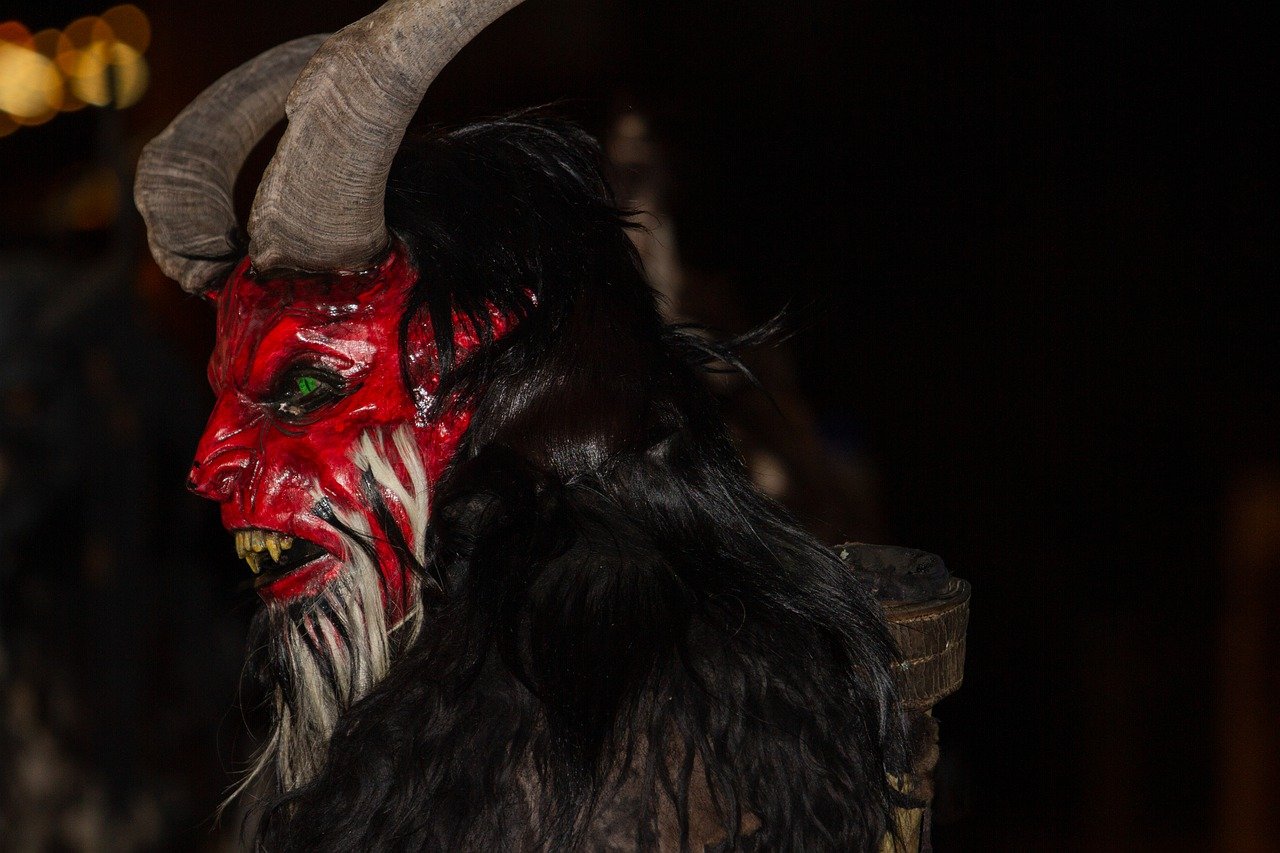
Comparison with Other Dark Christmas Traditions
When comparing Austria's Krampusnacht with other dark Christmas traditions around the world, intriguing contrasts and similarities emerge. While Krampusnacht in Austria features the menacing Krampus figure who punishes misbehaving children, other cultures have their own unique interpretations of dark holiday characters.
In Iceland, the Yule Lads, also known as the 'Jólasveinar', are a group of mischievous creatures who visit children in the 13 days leading up to Christmas. Each Yule Lad has its own distinct personality and behavior, ranging from stealing food to playing pranks. Despite their mischievous nature, the Yule Lads are not as fearsome as the Krampus.
On the other hand, Catalonia's Caga Tió, or the 'Pooping Log', is a rather comical and peculiar Christmas tradition. Families in Catalonia create a smiling log with a red hat, which they feed treats in the days leading up to Christmas. On Christmas Eve, they beat the log with sticks while singing a traditional song, encouraging it to 'poop' out presents and candies. This lighthearted tradition contrasts starkly with the dark and intimidating nature of Krampusnacht.
Despite the differences in these dark Christmas traditions, they all share a common theme of blending the festive season with elements of surprise, mischief, and sometimes even fear. Each tradition reflects the unique cultural beliefs and values of the communities that celebrate them, adding depth and richness to the tapestry of holiday customs around the world.

Future of Krampusnacht
As we look towards the future of Krampusnacht, it is intriguing to ponder how this traditional Austrian festival will continue to evolve in the modern world. With changing cultural norms and global influences, the festival may undergo adaptations to appeal to a wider audience while preserving its unique essence.
One potential direction for the future of Krampusnacht is the incorporation of technology into the celebrations. As society becomes increasingly digital, we may see interactive experiences, augmented reality elements, or virtual reality simulations added to the traditional festivities, providing a new and immersive way to engage with the folklore of Krampus.
Furthermore, there is a possibility that Krampusnacht could become more environmentally conscious in the coming years. With growing awareness of sustainability and eco-friendly practices, organizers may implement green initiatives into the festival, such as using recycled materials for costumes and decorations or promoting eco-friendly transportation options for attendees.
Moreover, as Krampusnacht gains popularity beyond the borders of Austria, we may witness an expansion of the festival to new regions around the world. This global spread could lead to diverse interpretations and adaptations of the Krampus tradition, enriching the cultural tapestry of Christmas celebrations with a touch of dark folklore.
In conclusion, the future of Krampusnacht holds endless possibilities for innovation and growth. Whether through technological advancements, environmental consciousness, or global outreach, the festival is poised to continue captivating audiences and intriguing minds for generations to come.
Frequently Asked Questions
- What is Krampusnacht?
Krampusnacht is a traditional Austrian festival that takes place on the night of December 5th, preceding the feast of St. Nicholas. It is a darker counterpart to Christmas celebrations, where the folklore figure of Krampus, a horned and demonic creature, punishes naughty children while St. Nicholas rewards the good ones.
- How did Krampusnacht originate?
Krampusnacht has its roots in pre-Christian Alpine traditions and the fusion of pagan folklore with Christian beliefs. The figure of Krampus evolved over time to become the companion of St. Nicholas, embodying the dual nature of the holiday season - reward and punishment.
- What is the significance of Krampus in Austrian culture?
In Austrian culture, Krampus serves as a disciplinary tool to instill fear in children and encourage good behavior during the holiday season. The horned figure is a reminder that there are consequences for misbehavior, adding a sense of balance to the festive period.
- What are some of the customs associated with Krampusnacht?
Traditionally, Krampusnacht is celebrated with elaborate parades, where performers dressed as Krampus roam the streets, interacting with the public. The festival also includes rituals like the Krampuslauf, where costumed participants engage in a lively procession.
- How has Krampusnacht evolved in modern times?
In recent years, Krampusnacht has experienced a resurgence of interest, both in Austria and globally. Modern interpretations of the festival often focus on the spectacle and entertainment aspects, leading to commercialization and a broader appeal beyond traditional cultural boundaries.


